12 years as a Sustainable Destination: the Cairngorms National Park tourism strategy
Lochan Uaine (The Green Loch), Glenmore Forest, Aviemore
The Cairngorms National Park was first awarded in 2005 with the European Charter for Sustainable Tourism in Protected Areas. 12 years later, we’ve asked Heather Trench, Sustainable Tourism Officer for the Park Authority to look back at main challenges and achievements since they became a Sustainable Destination.
Heather has been living and working in the Cairngorms for over 15 years and joined the Park Authority in 2004, so has now been involved in the Charter application process three times. A self-confessed data nerd, she particularly enjoys monitoring indicators, and the satisfaction of seeing real progress reflected in visitor research.
National Parks came late to Scotland. That’s perhaps surprising, given that it’s a country synonymous with a stunning natural landscape, and especially surprising given the Scottish roots of John Muir, the ‘father’ of the National Parks system. But we got there in the end, and in 2003 the Cairngorms was designated – the largest, highest and most northerly National Park in the UK.
What changes have we noticed since working with the Charter?
For us, that’s difficult to say. The Charter has always been at the heart of our work on tourism, and we were the first National Park in the UK to be accredited, in 2005. We were delighted to be successfully re-accredited in 2010 and are currently going through the application process for the 3rd time.
So why has the Charter been so valuable a model for our work on tourism? Well, unlike most National Park Authorities, we don’t own any land. We don’t own or manage any visitor centres. We don’t run our own ranger service. So for us, partnership working isn’t optional, it’s the only way forward. In the early days, the Charter provided a model for bringing together a wide range of public, private and third sector partners and, importantly, gave them a clear set of principles to work with.
Investing together: the Cairngorms Business Partnership
Over the last 12 years we’ve seen substantial progress. The Cairngorms Business Partnership was set up as a private-sector Destination Organisation whose boundary mirrors the Park boundary. Membership is currently at an all-time high of over 350 businesses and business confidence is at record levels. We’ve installed National Park interpretation at 14 information centers and ranger bases. There’s been investment of over £5million in path networks to encourage active travel on foot or by bike. We have secured a £2million Landscape Partnership Project to develop an economically fragile area of the Cairngorms.
That’s not to say that there haven’t been bumps along the way. Our Sustainable Tourism Forum has morphed several times as we try to find the right balance of membership – a group that is inclusive to all interests, but also focussed enough to deliver. We have also in the past struggled to enthuse the industry about a sustainable tourism strategy & action plan amongst a plethora of other strategies. This time round we have focused on the practical outcomes and produced a much more succinct sustainable tourism action plan for the industry.
We’ve seen the success of our work to date reflected through our research. Since 2005, we’ve seen an 18% increase in visitor numbers, but a 24% increase in visitor days, as tourists spend longer here. Crucially growth has been highest in the traditionally quieter months of the year. Our visitor survey tells us that visitors now rate their experience more highly, are more likely to be aware that they are visiting a National Park, and are more likely to feel that National Park is well cared for.
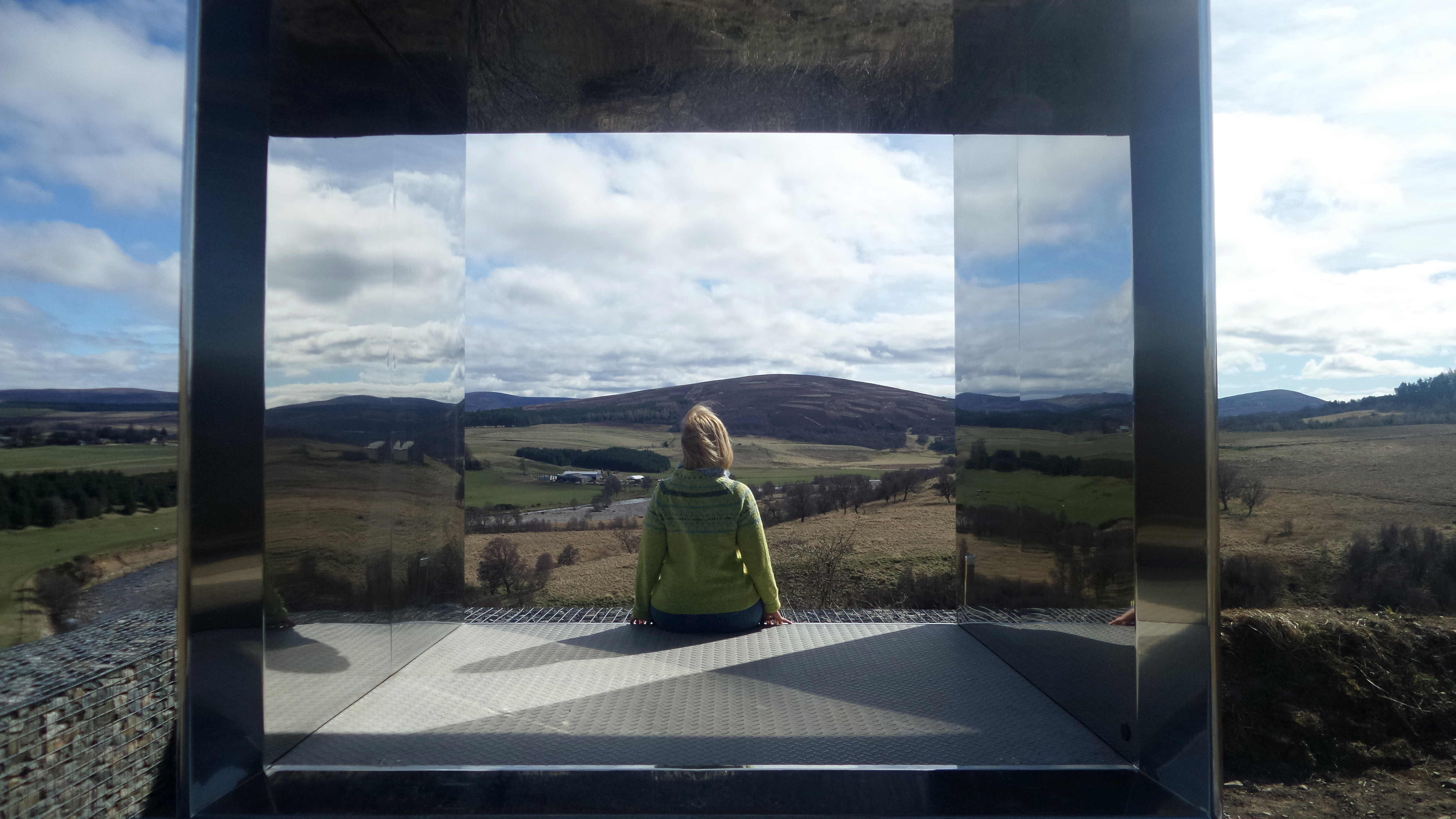
‘Still’ Cairngorms Snow Roads Scenic Route
The future at a glance
Of course, we are not complacent, and there is plenty of work ahead of us. Priorities for the next 5 years include developing a Visitor Giving scheme to support conservation and recreation work, and also setting up a new volunteering programme. We plan to roll-out our ‘Make It Yours’ programme of training for front-line tourism staff in businesses and visitor centres.
We’re also delighted to have been selected by VisitScotland as a pilot area for a new ‘Total Quality Destination’ project which will involve working with TripAdvisor and others to improve the customer journey. And we will better spread the economic benefits of tourism around the National Park in part by promoting a new ‘Snow Roads’ scenic route to encourage visitors to explore some of the less-visited areas of the Cairngorms.
It’s been a busy 12 years since we were first awarded the Charter, but it’s been good to look back at what we have all achieved. That’s another benefit of the Charter process and particularly the verification visit:
a chance for all the partners involved to reflect on progress through the experienced eyes of someone new to the area.
We are still awaiting a decision on re-accreditation, but hope to be part of the Charter Parks Network for many years to come.
Article issued by Heather Trench
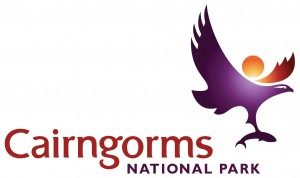
The Cairngorms National Park is one of the 157 Sustainable Destinations awarded with the EU Charter for Sustainable Tourism in Protected Areas. Learn more about the Charter.
TransParcNet Meeting 2017 “Changing climate – changing parks”
TransParcNet meeting 2017, Julian Alps Transboundary Ecoregion (SL and IT)
9th TransParcNet meeting
“Changing Climate, Changing Parks” was the theme of the 9th TransParcNet meeting, the annual gathering of protected area professionals involved in cross-border cooperation programmes. Representatives from Parks working within the Transboundary Parks Programme framework gathered to share experience and project outcomes in the field of climate change mitigation and adaptation.
The 3-days meeting was kindly hosted by the Julian Alps Transboundary Ecoregion, which encompasses Triglav National Park (Slovenia) and Prealpi Giulie Nature Park (Italy) and counted with over 40 participants from 10 European countries (Italy, Slovenia, Czech Republic, Poland, Hungary, Austria, Germany, Netherlands, France, UK).
Check the photo gallery here
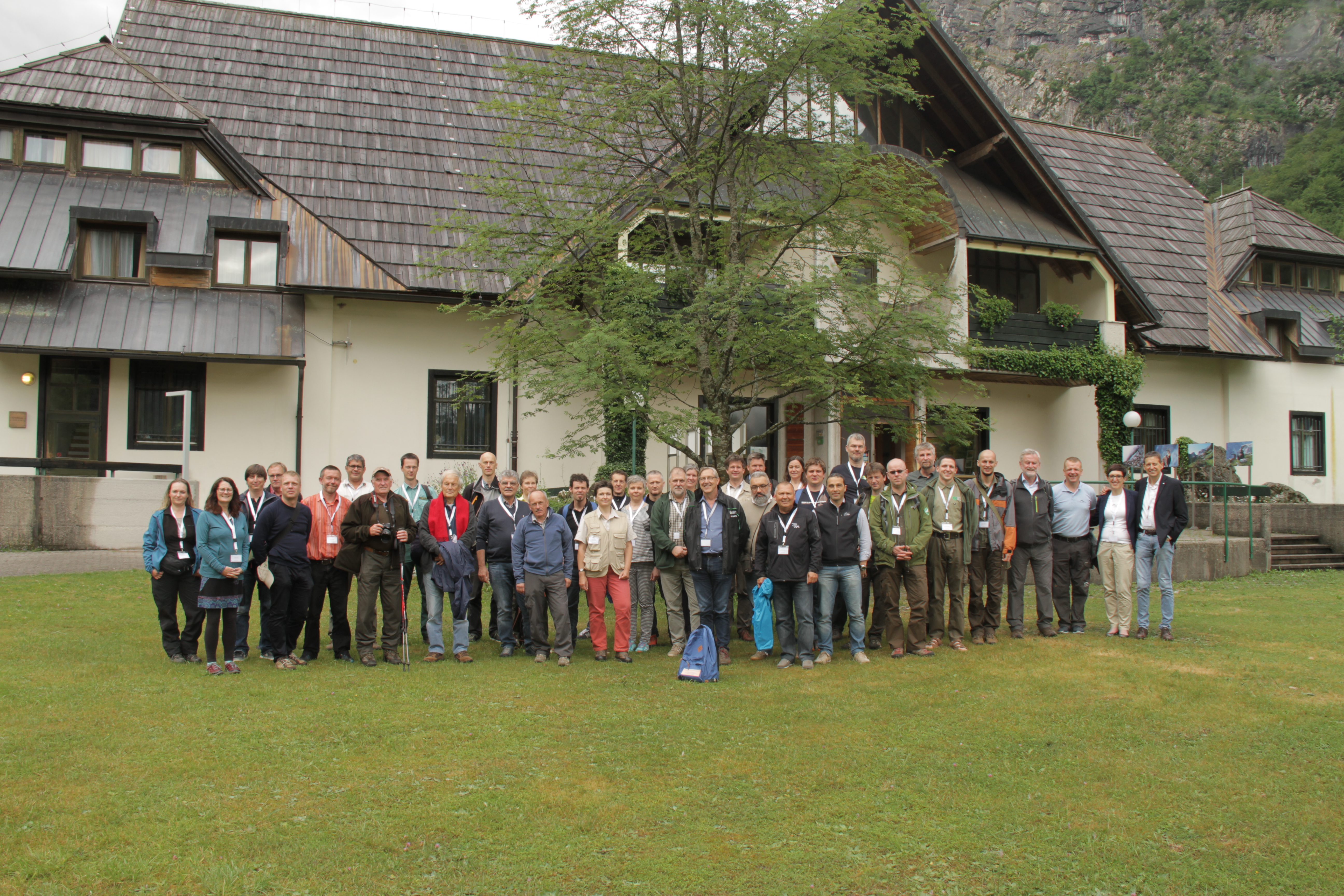
Participants were welcomed in Trenta (at the Triglav NP Information Center), where they’ve got to know the recent developments in the Julian Alps Transboundary Ecoregion. For almost 20 years, managers on both sides of the border have been cooperating towards better management of species, habitats and, recently, tourism flows. In 2016, they became the first Transboundary Area awarded with the European Charter for Sustainable Tourism in Protected Areas.
Download the Welcome presentations
The Julian Alps Transboundary Ecoregion, made by Stefano Santi (Prealpi Giulie Nature Park)
Sustainable Tourism in the Julian Alps Ecoregion, made by Mojca Smolej (Triglav National Park)
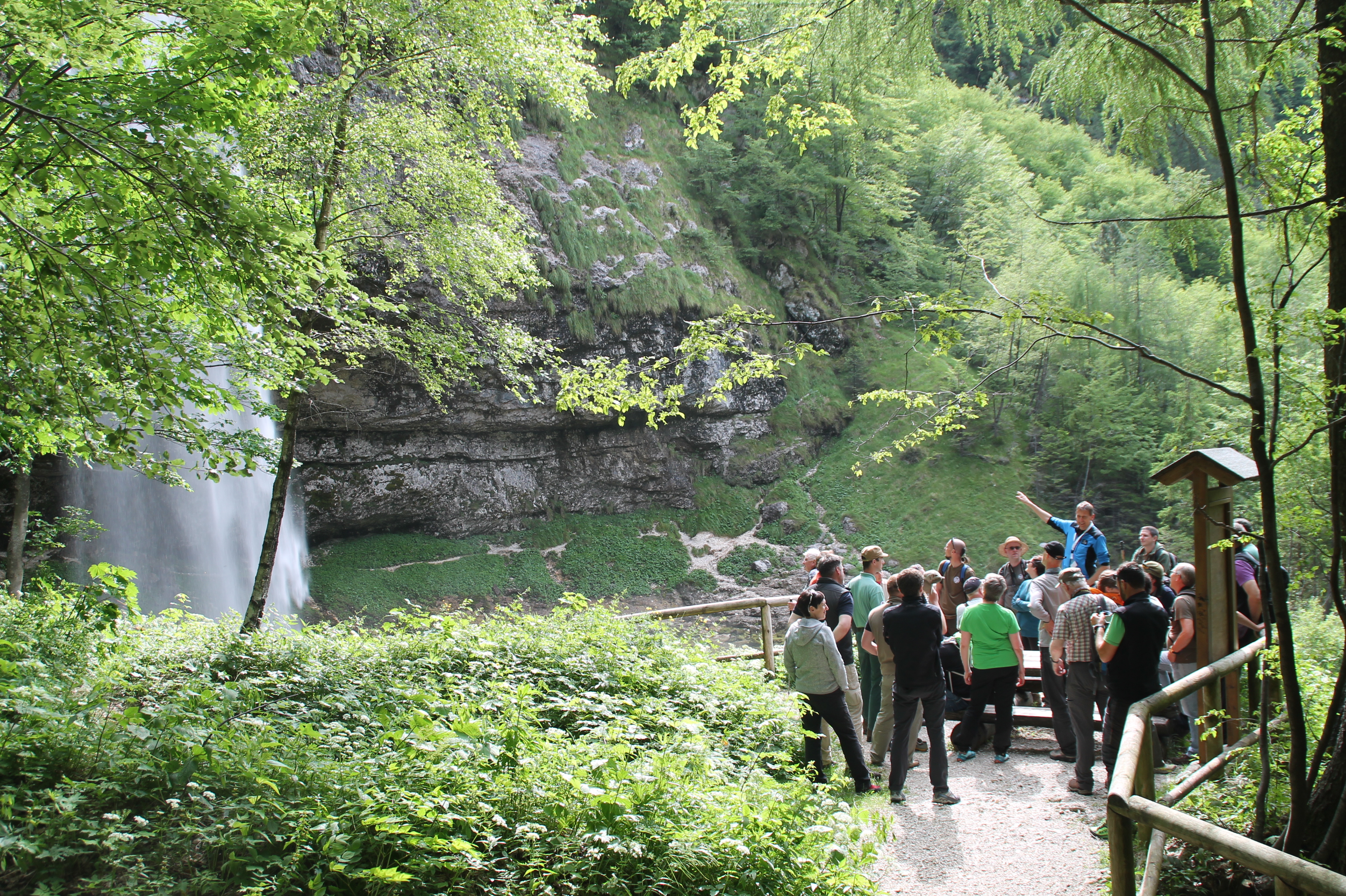
TransParcNet 2017 – Field Trip to Prealpi Giulie Nature Park (IT)
Global challenges, local solutions
Matching European policy with implementation in Protected Areas is one of the main aims of the Federation, hence, in this TransParcNet meeting, we invited 2 special guests coming from Brussels: Igor Soltes and Micheal O’Briain.
Mr. Igor Soltes, member of the Greens Group in the European Parliament, representing Slovenia, started his speech stating that
Climate change has no boundaries and it isn’t a matter of single countries. Human activity is jeopardizing the environment and nature was never so threatened as before.
In fact, continued Mr. Soltes, “climate change is dramatically altering our national parks, in such a way that a year ago the Guardian’s Article said: “Climate change will mean the end of national parks as we know them.” We need to build a global understanding of the climate change concepts and raise awareness for the promotion of green technologies and green jobs. Such approach will contribute to nature’s protection and advancement of environmental and climate laws and policies. Climate changes are global, but solutions have to be primarily local. Every single green solution counts. Every new green project and green job is important. Active cooperation is essential and will be achieved only through transparent dialogue with all stakeholders.”
Climate Change and Natura 2000
Mr. Micheal O´Briain, Deputy Head of the Nature Unit within the European Commission – DG Environment, introduced the participants the “Guidelines on Climate Change and Natura 2000”, with an interesting presentation that can be downloaded here.
The document, targeting Natura 2000 site managers and policy makers, encompasses the latest evidence of risk to priority species and habitats within the EU, provides practical advice introducing the concept of adaptative management and promotes good practice. More information about the work of the European Commission on the field of climate change and biodiversity can be found at ec.europa.eu/environment/nature/climatechange
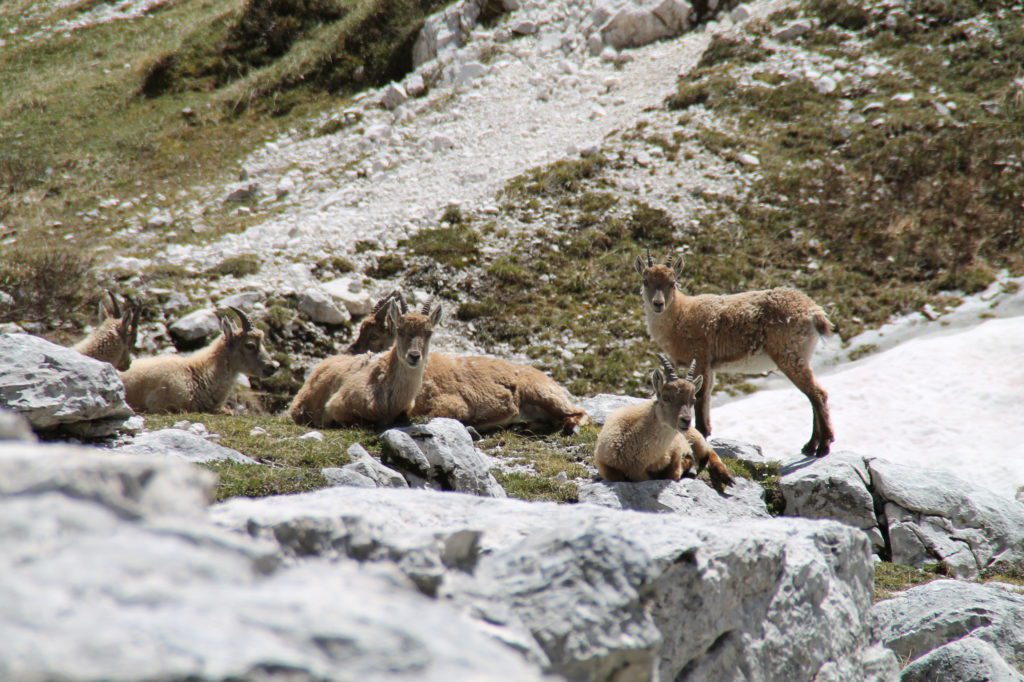
Changing Climate, Changing Parks – best practices
Protected Areas are in the front line of nature conservation: monitoring, evaluating and sounding the alarm of biodiversity loss and climate change effects. They are fundamental hubs of biodiversity and ensure genetic diversity, increasing the resilience of species and their chances of survival when threatened by disease and natural changes – thus, contributing to climate change adaptation.
Moreover, Parks contribute to climate change mitigation. They are responsible for around 15% of the terrestrial carbon stock (Campbell et al., 2008, in UNEP-PA and Climate Change) – preventing the loss of carbon that is already present in vegetation and soils and sequestering further carbon dioxide from the atmosphere in natural ecosystems,
During the TransParcNet meeting, we heard some interesting projects from our Transboundary Parks. that combine monitoring systems, awareness-raise campaigns and practical examples to reduce local carbon footprints. EUROPARC Executive Director, Carol Ritchie, also presented an overview of the contribution of European Parks to climate change, focused on how Parks are changing too, towards becoming more efficient and reducing their footprint.
Download the presentations below:
CLIMAPARKS An INTERREG project involving 8 Parks in Slovenia and Italy that established a common system for monitoring and analysing climate change impacts on biodiversity
HABIT-CHANGE A systematic approach to assessing the impact of climate change on European protected areas – the Case study of Triglav National Park
Creation of sustainable public transport in the National Park Region Saxon-Bohemian Switzerland, an interesting project taking place in the border of Germany and Czech Republic
Learning in sito
Changing experiences is best done outside: where one can see, feel, touch and hear the local managers’ perspectives. That is why the highlight of all TransParcNet meetings is the Field trips day. Participants had the chance to visit the Parks on both sides of the border, where they’ve heard about the climate change monitoring projects introduced in the plenary session.
Moreover, our Transboundary experts had the chance to learn, in-sito, new management approaches and discover the heartbreaking landscapes of the Julian Alps. Another excellent TransParcNet meeting!
EUROPARC expresses its profound gratitude to the hosts of the 9th TransParcNet meeting. The 2018 edition will be soon announced!
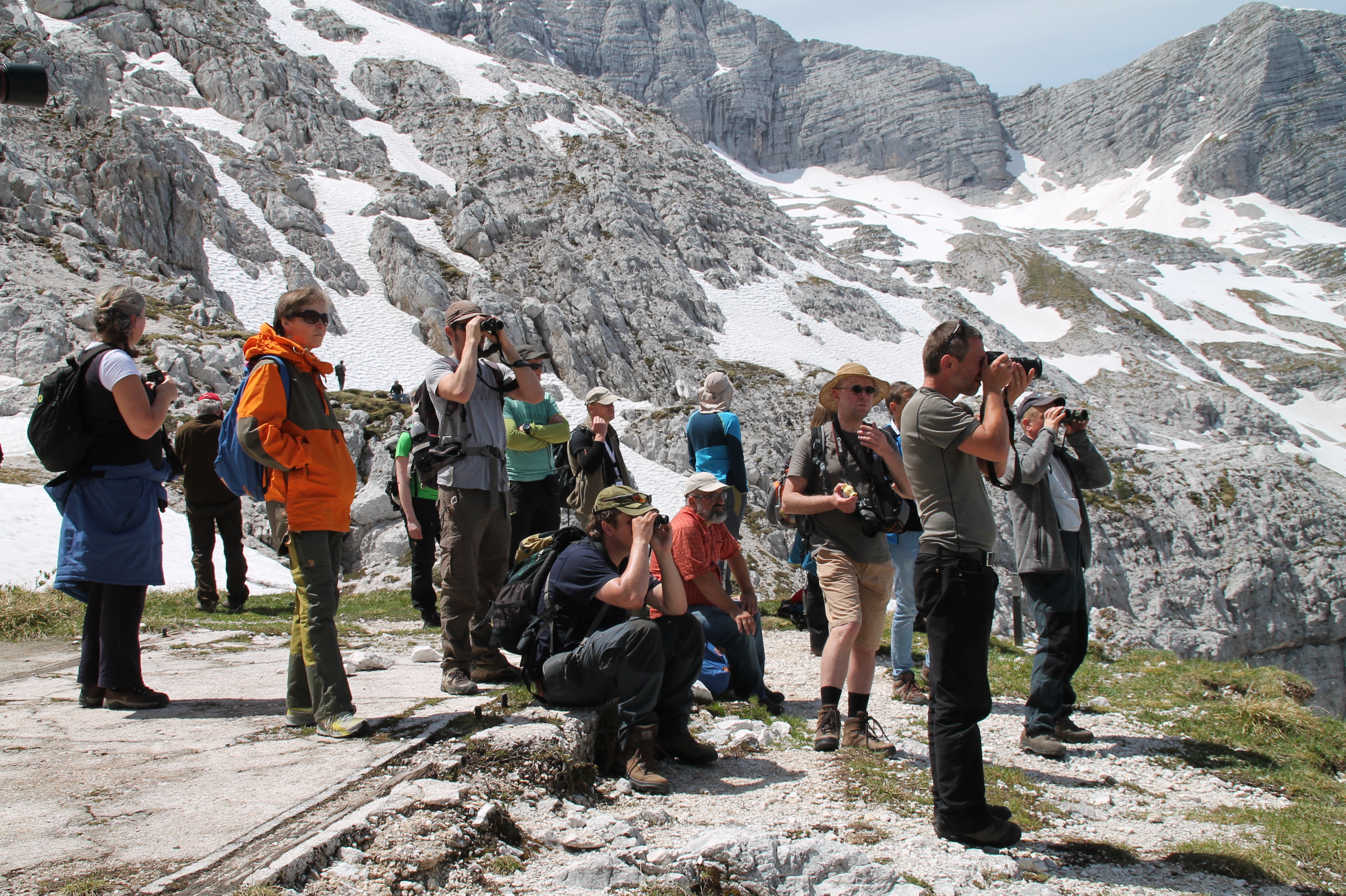
CEETO Project: Kick off meeting in Bologna
CEETO Kick-off meeting in Bologna, Italy, June 2017
EUROPARC is a partner of the CEETO Interreg Central Europe Project (Central Europe Eco-Tourism: tools for nature protection) that aims to make tourism a real driver for nature protection and local socio-economic well-being.
A great start for CEETO project with the celebration of the Kick-off meeting in Bologna, Italy, with the participation of over twenty partner representatives from eleven nationalities.
Not even one month after the official start of CEETO, project partner representatives gathered in the Emilia Romagna Province Administration headquarters from the 26th to the 27th of June to celebrate the Kick-off meeting of the project. The objective of this encounter was to discuss future actions for the successful implementation of CEETO and to clarify those aspects that could present an obstacle in the future.
Over twenty participants representing the eleven project partners were present in the meeting. Together with them, one representative of Interreg Central Europe Joint Technical Secretariat was especially invited for the occasion, and helped with the clarification of some points concerning financial management and project implementation.
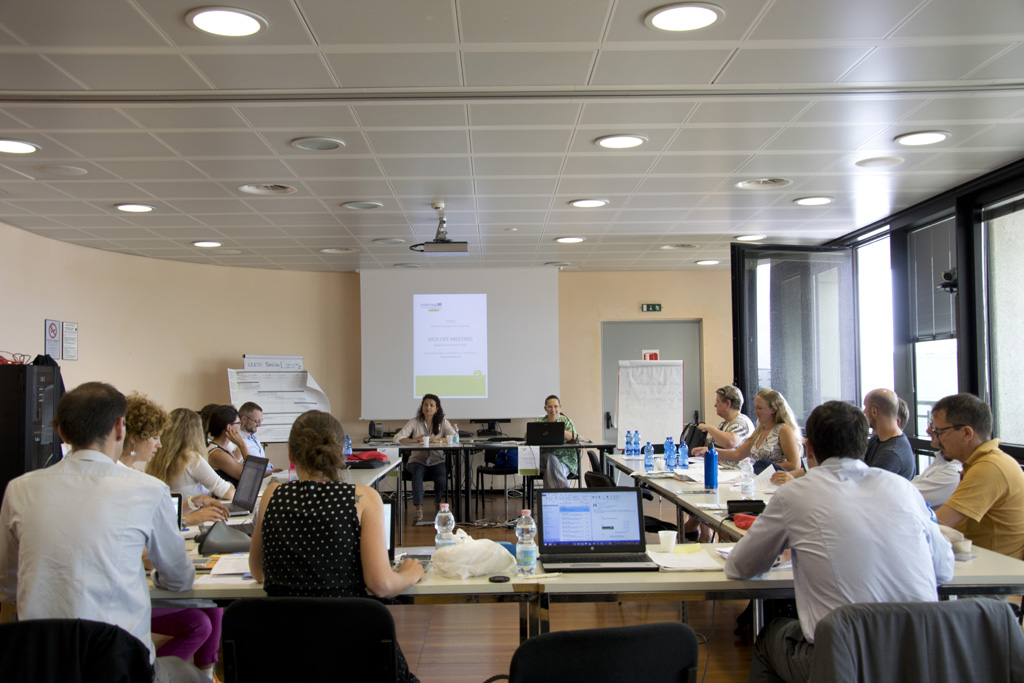
Partners presentation and technical revision of the project
The meeting started with a presentation of the different project partners, which included an overview of the different organisations involved, their expertise, role in the project and their expectations of this joint collaboration. After it, a technical session took place, in which different aspects concerning project and financial management, and a review of the different work packages, outputs and responsibilities was approached in depth. This session also included a capacity building workshop in communication, in which partners were introduce to some communication techniques and to some of the tasks they will need to perform to accomplish the main goals of the project.
The meeting finished with the clarification of future actions and the next meeting, which is expected to take place in Budapest during December of the present year. After the event, all partners and Joint Technical Secretariat representatives agreed on the success of this Kick-off meeting, and on the good organisation provided by the Lead Partner.
The project is funded by the European Union Regional Development Fund.
For more information visit the project website.
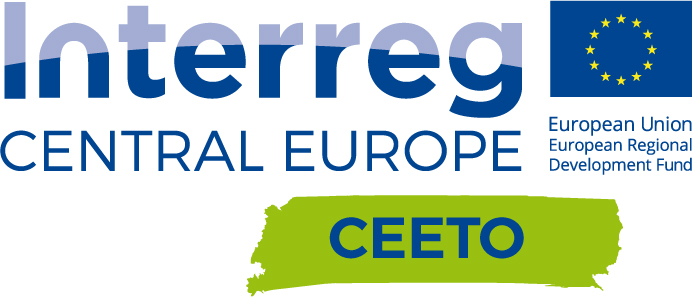
EUROPARC Spain organises Seminar on Conservation and Land Development
EUROPARC Spain and the Andalusia Regional Administration organised on the 29th June a Seminar on the topic “Conservation and Land Development”. The event is host by the Nature Park Sierra de las Nieves, and participants looked at good practices on sustainable local development around protected areas from Asturias, Cataluña y Andalucía.

El Parque Natural Sierra de las Nieves acoge la Jornada Conservación y
Desarrollo del Territorio organizada por la Junta de Andalucía y EUROPARCEspaña
En el evento se analizan las luces y sombras de experiencias de desarrollo local en clave de sostenibilidad en torno a áreas protegidas en Asturias, Cataluña y Andalucía
La localidad malagueña de Ronda, en el Parque Natural Sierra de las Nieves, acoge los días 29 y 30 de junio la Jornada abierta Conservación y desarrollo del territorio, con la que se pretende promover la colaboración entre las administraciones públicas y agentes territoriales para mejorar el papel de las áreas protegidas como activos socioeconómicos. El encuentro, en el que participan 80 técnicos y gestores del mundo de la conservación de la naturaleza y el desarrollo rural, ha sido inaugurado por el Consejero de Medio Ambiente y Ordenación del Territorio de la Junta de Andalucía, José Fiscal López, acompañado por Rafael Mata Olmo, Presidente de EUROPARC-España.
La jornada contribuye a la implementación del Programa Sociedad y Áreas Protegidas que viene impulsando EUROPARC-España, junto con las administraciones ambientales competentes, un llamamiento a la acción colaborativa que tiene entre sus objetivos estratégicos demostrar los múltiples beneficios que estos espacios naturales aportan a la sociedad.
En la ponencia marco, impartida por María Luisa Gómez Moreno, profesora de la Universidad de Málaga, se identificaron los retos y oportunidades de la apuesta por el desarrollo territorial en las áreas protegidas. En la mesa de experiencias para la reflexión se presentaron diferentes iniciativas, poniendo el énfasis en las lecciones aprendidas. Belarmino Fernández, alcalde de Somiedo, Joana Barber, directora del Parque Natural y Reserva de la Biosfera del Montseny, y Felipe Oliveros, Jefe de servicio de espacios naturales de la provincia de Cádiz, pudieron compartir con los participantes las claves de éxito, también los retos aún presentes, en sus correspondientes áreas protegidas. También participó en la mesa Joaquín González, del Grupo de Desarrollo Rural Litoral de la Janda (Cádiz), que pudo aportar la visión del mundo del desarrollo rural.
El debate se centró en las oportunidades de los espacios naturales protegidos como un activo para la economía local y para el desarrollo del territorio. También se pudo debatir sobre los mecanismos con los que pueden contar las áreas protegidas para contribuir al freno de la despoblación y al envejecimiento rural en los territorios mayoritariamente rurales donde se han declarado.
La jornada del 30 de junio los participantes realizarán una visita guiada al Parque Natural de la Sierra de las Nieves. En la excursión se recorrerán algunos de los enclaves más sobresalientes del parque y se visitarán diversas iniciativas locales como el camping municipal de Conejeras e iniciativas privadas en sectores de actividad como el turismo, la restauración y los aprovechamientos agrarios.
EUROPARC-España
EUROPARC-España es la Sección del Estado español de la Federación EUROPARC, organización paneuropea creada en 1973 que reúne a instituciones dedicadas a la gestión de áreas protegidas de 38 países. Desde
1993 es el principal foro profesional de las áreas protegidas en España, en el que participan las administraciones responsables de la planificación y gestión de los espacios naturales protegidos.
La Oficina Técnica de EUROPARC-España está gestionada por la Fundación Fernando González Bernáldez para los espacios naturales.
EUROPARC-España impulsa el Programa Sociedad y Áreas Protegidas 2020: áreas protegidas para el bienestar humano, un programa de alianzas estratégicas con entidades y colectivos públicos y privadas, y un llamamiento a la acción colaborativa para fortalecer el sistema de áreas protegidas en España. Recoge las necesidades presentes y futuras basadas en la experiencia de más de 20 años y en los cambios que se detectan ya y los que se vislumbran.
A partir de un análisis de los logros y desafíos para las áreas protegidas en España se propone el marco general para el desarrollo del programa que se articula en 8 líneas de acción:
- Integración de las áreas protegidas en el territorio
- Servicios de los ecosistemas para el bienestar humano
- Transferencia del conocimiento científico a la gestión
- Comunicación estratégica para aumentar el apoyo social y político
- Diversificación de los modelos de gobernanza
- Diversificación de los modelos de financiación
- Ambientalización de las políticas sectoriales
- Responsabilidad global y cooperación internacional